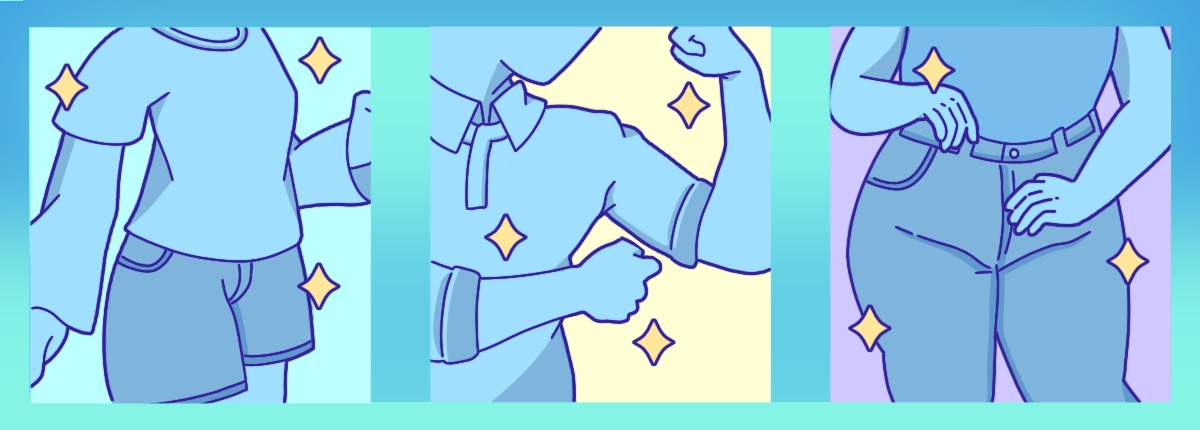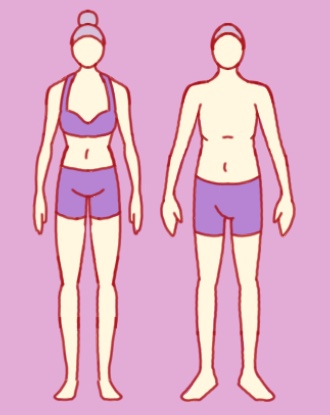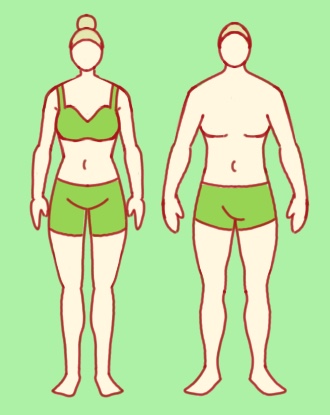If you’ve ever tried seeking advice of any kind from others before you’ve probably learned the important lesson: what works for one person won’t necessarily work for another. The same also applies to clothing, which is why it’s important to find styling tips that account for your type of body.
When talking about styling with body types in mind, people will usually focus on creating a silhouette, shape or outline. This means using the qualities of the clothes, such as length, color, or material, to create an overall shape on top of the body that will either draw attention to or conceal different parts of it.
There’s never been an exact way to categorize all the different bodies people have, but here we’ve tried to use three general categories that are both easy to understand and can apply to any gender. What body type do you fall under?




